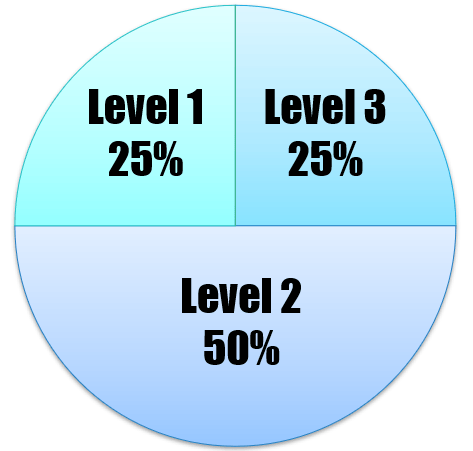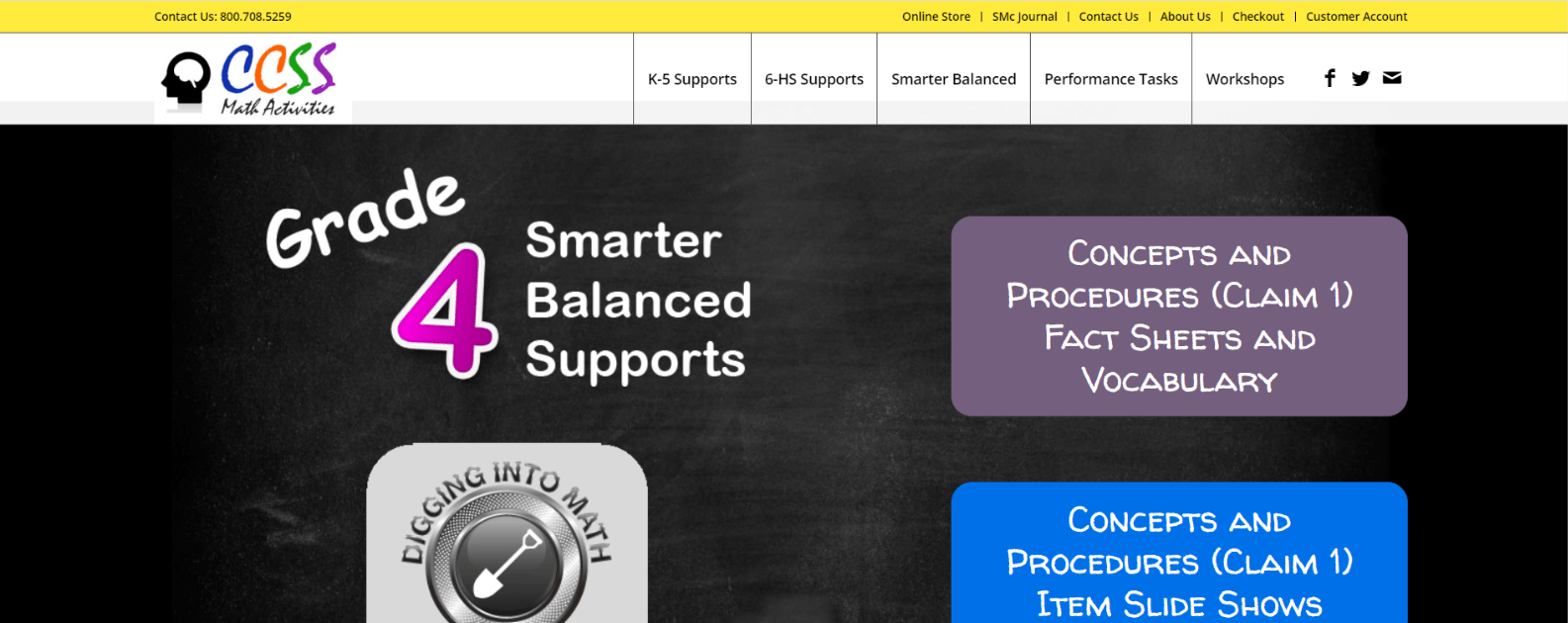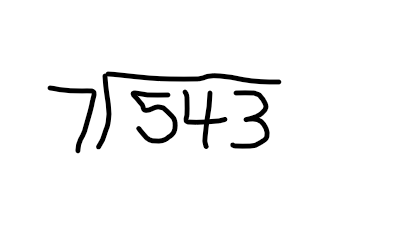On our standards, we call them "Clusters." But OSAS calls these alphabetical bullseyes by this name.
What are Targets?
Officially called "Concepts and Procedures," Laura wants you to remember Claim 1 as what very important question?
What is "CAN STUDENTS DO GRADE LEVEL MATH?"
Because these rectangular representations for the distributive property are specifically named in the standards for 3rd, 4th, and 5th grade, they will most likely show up on the assessment.
What are area models for multiplication and division?
The OSAS Portal is home to this invaluable and unchanging sneak peek for students.
What is the Math CAT Practice Test?
Students must memorize a selection of these, as they will not be given in any part of a prompt in the CAT.
What are Formulas and Conversions?
These two Claims were combined for reporting purposes.
What are Claims 2 and 4? (Problem Solving and Modeling/Data Analysis)
The "passing level" for each cluster of standards can be found here.
What are the ALD Fact Sheets (or the Target Guide)?
Making sure your classroom is a balance of this will mirror what students are expected to do on the test.

What is Depth of Knowledge?
Because of the adaptability of the test, these questions are the most important.
What are the first handful of questions?
The Performance Task doesn't take any part of its score from this Claim.
What is Claim 1? (Concepts and Procedures).
Though the standards call for these to by known by memory at the end of Grade 3, there is no way to test that on the OSAS so as long as students have efficient and accurate methods they're good.
Ready-to-print cards by grade level with the test's "construct relevant vocabulary" can be found here.
What is ccssmathactivities.com OR Laura's website OR maybe somewhere in the depths of the MCSD shared drives (but points only if you can find it)?

This bucket of 1-2-3-4 is a rating not of how difficult something is, but how much students have to think to solve the problem.
What is Depth of Knowledge?
This Claim is roughly 50% of a student's entire score.
What is Claim 1 OR Concepts and Procedures OR "Can Students Do Grade Level Math"?
On the standards, this domain does not contain any priority clusters for 3rd, 4th, 5th, or 6th grade...though it does support a few here and there.
What is GEOMETRY?
Research shows that providing a construct for students to talk to each other about their thinking is one of the most effective math teaching tools we can use. A partner strategy that Laura favors is called by this sweet sandwich name.
What are Peanut Butter and Jelly partners?
This bucket of 1-2-3-4 is the name for both the score and the difficulty level of each question.
What are Achievement Level Descriptors (or ALDs)?
The sum of all the Claim numbers is this.
What is 1+2+3+4 =10? And no, that has nothing to do with anything but Laura ran out of question ideas.
Though it's taught in most 4th and 5th grade classrooms, this infamous multi-step algorithm can't show up on the test until 6th grade so please make sure you're teaching other strategies, too.
What is long division?
Bonus answer: Just because a problem is written with a "long division house" doesn't mean it has to be solved using long division.
This prep tool is labeled by claims (and targets, for one of the claims) and features sample questions on one side with one possible solution path on the back.
